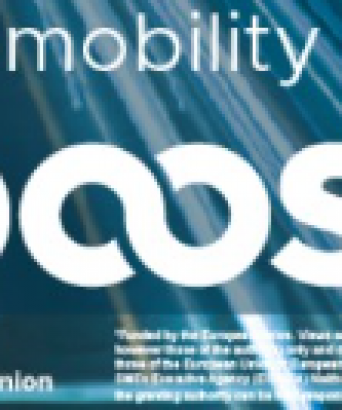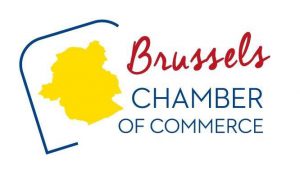Using EU Free Trade Agreements in export / import operations allows businesses to reduce tariffs of customs duties for the import of goods in the destination countries. There are required conditions to fulfill and a process to be followed with the importer. Businesses can improve their competitiveness compared with companies from non EU countries not benefitting from such free trade agreements.
Every product exported from or imported into the EU is classified under a tariff code. The classification helps you understand which conditions and tariffs apply to your specific product.
The tariff code, also called product code, provides information on for example the duty rates and other levies that apply to the product, any applicable protective measures and import and export formalities and other non-tariff requirements (health certificates, quality controls, CE marking, etc.).
When a product is traded internationally, a customs duty or customs tariff will often apply. As mentioned higher, the percentage of the tariff (if any) is based on your tariff code. However, when there are special trading arrangements (such as Free Trade Agreements or GSP), there are sometimes lower or no tariffs. These are referred to as preferential tariffs. To apply for a preferential tariff, you need to take into account the rules of origin.
Rules of origin are an essential part of EU trade agreements. Because the agreements often apply lower tariffs to goods coming from partner countries, it is essential to know your product’s origin.
Rules of origin determine in which country a product was sourced or made – its ‘economic nationality’ – and help ensure that customs authorities apply lower duties correctly so that businesses benefit from them.
ROSA – the Rules of Origin Self-Assessment tool of the European Commission – can help you find out if your product complies with the basic product specific rules in a step-by-step approach.
Once you know your product qualifies for lower customs duties (your product counts as ‘originating’), the next step is to prove its originating status to the customs authorities of the country of destination. Only then, the importer will be able to pay lower customs duties.
Each trade agreement sets out specific rules on origin procedures. There are different types of proof of origin depending on the trade agreement. Typically, they can be either
- an official origin certificate issued by the exporting country’s customs authorities (such as the ‘Movement certificate EUR.1’)
- a self-declaration by the exporter (often referred to as an ‘origin declaration’ or an ‘invoice declaration’
For official origin certificates, the trade agreement includes an example and gives instructions on how to complete it. For self-declarations, the trade agreement indicates what text to include on the invoice or on other documents identifying the products.
Once you have all the necessary documents for customs clearance, including the correct proof of origin for your product, you are ready to present your claim to pay lower customs duties to the customs authorities in the country of destination.
Go to Access2markets to find out what your tariff code is, whether a preferential tariff is applicable, whether your product is eligible (ROSA tool) and how to proceed for there onwards.
You can contact Enterprise Europe Brussels for personalised support to guide you in the use of access2markets platform.
Source : Belgian Foreign Trade Agency





